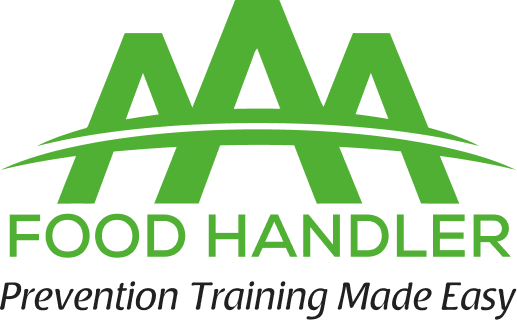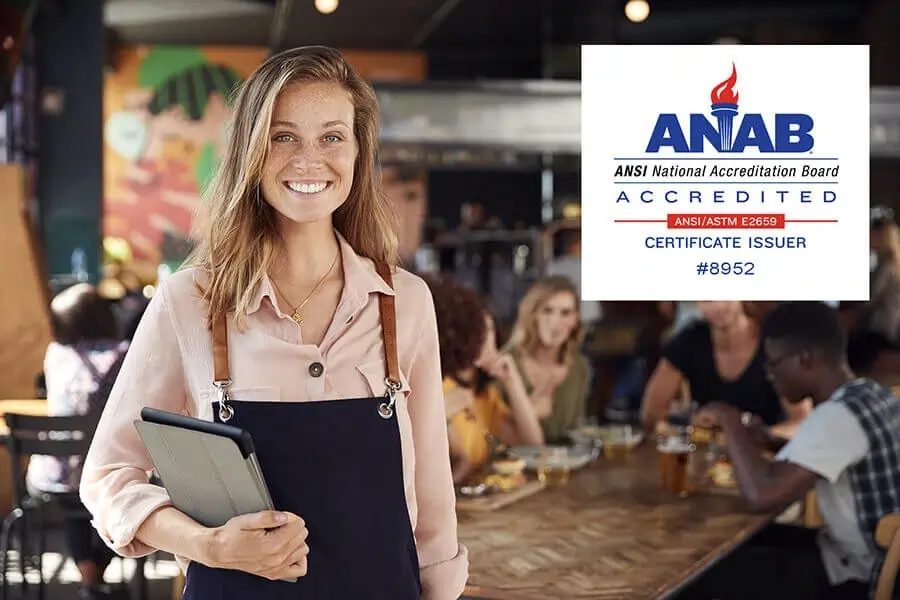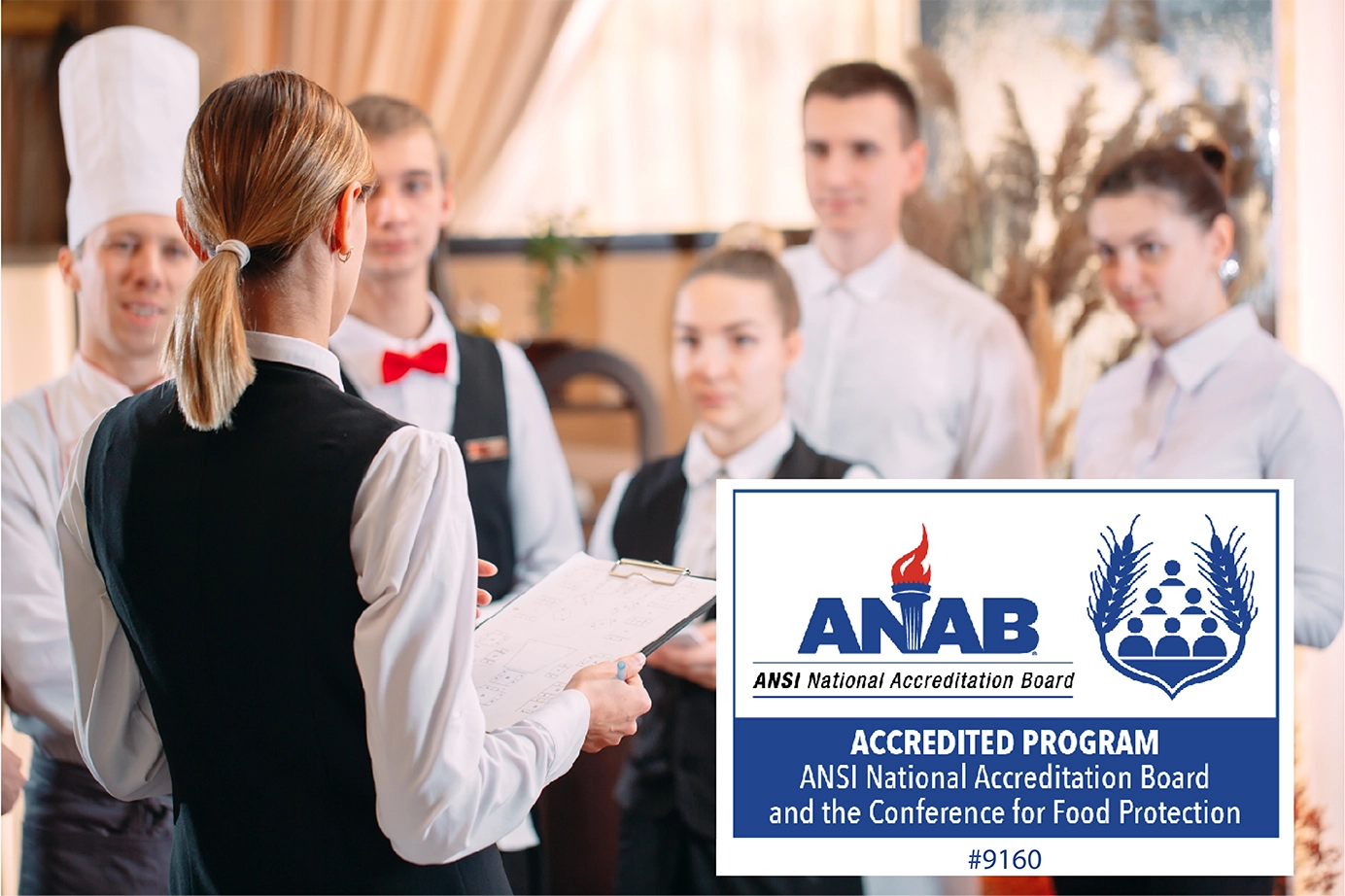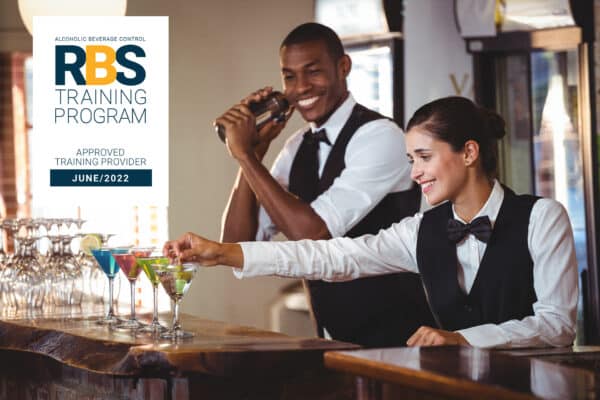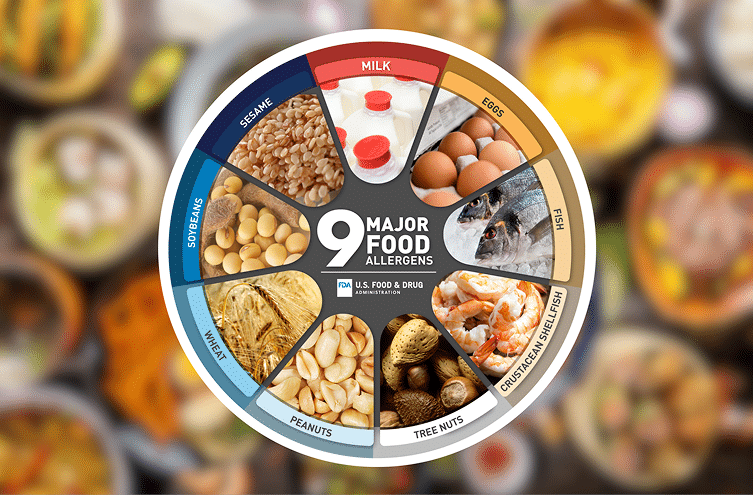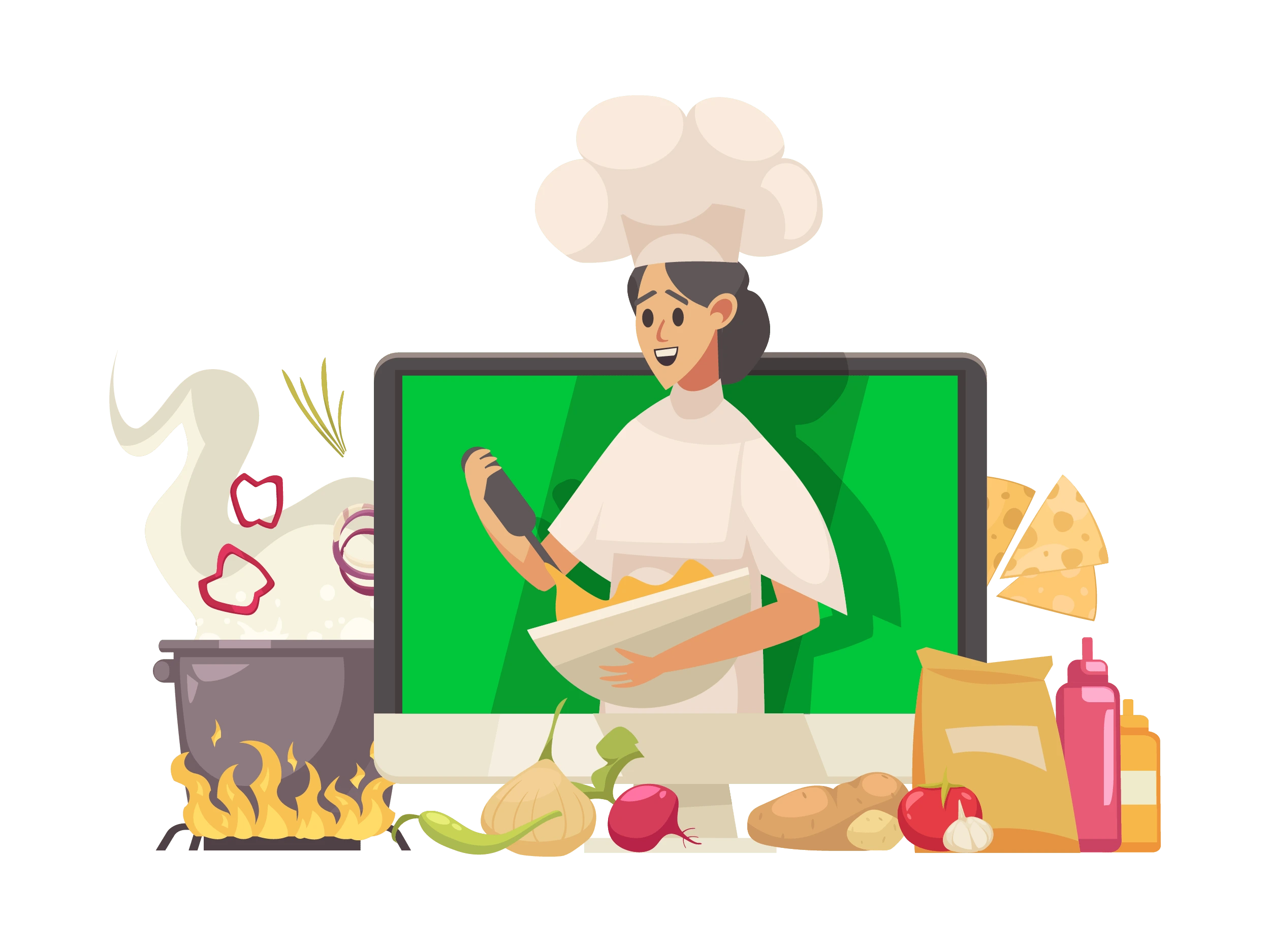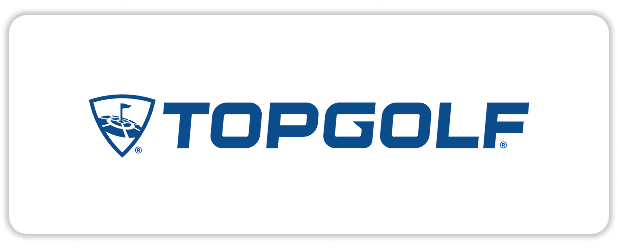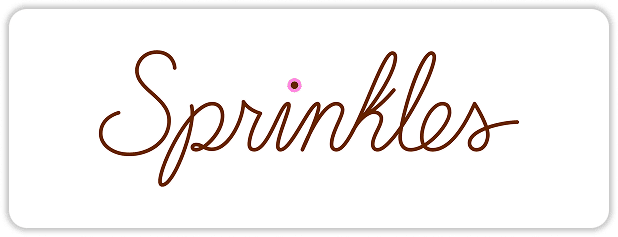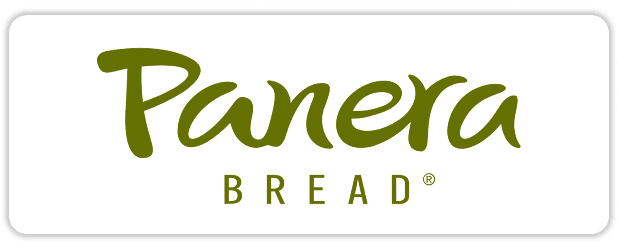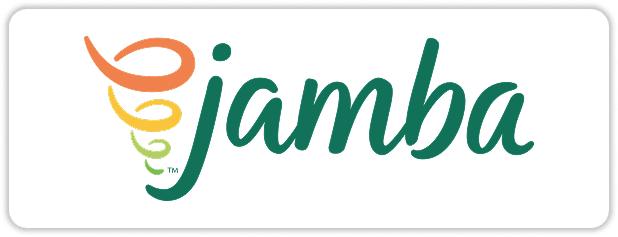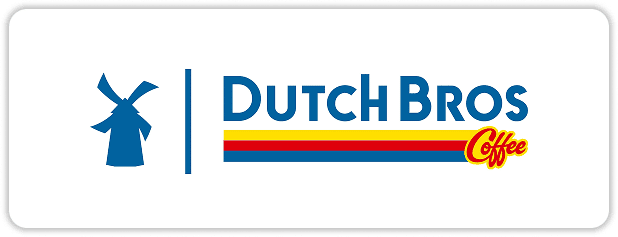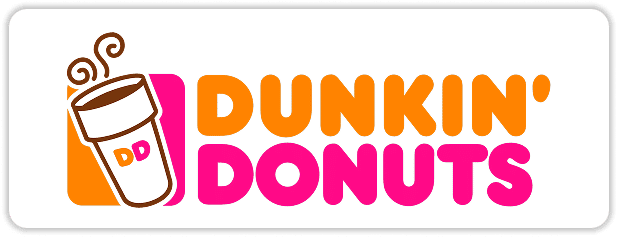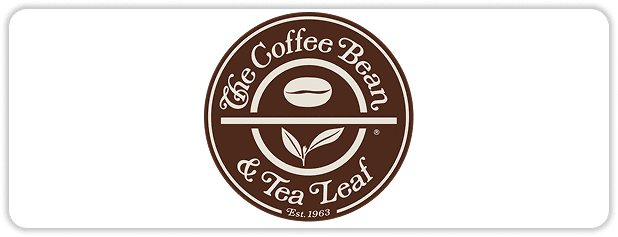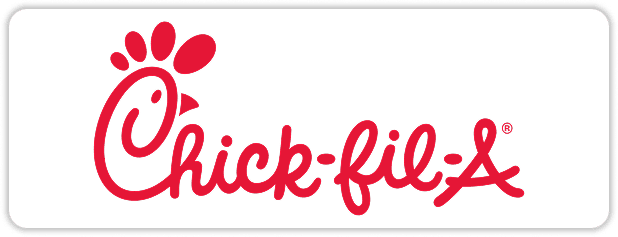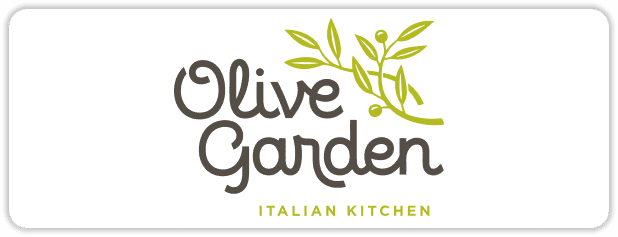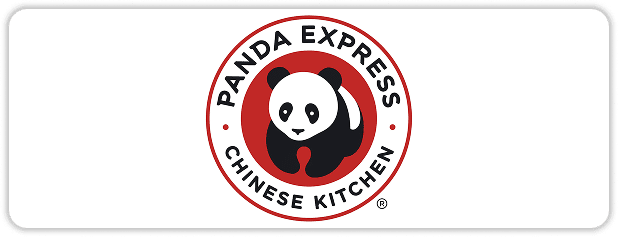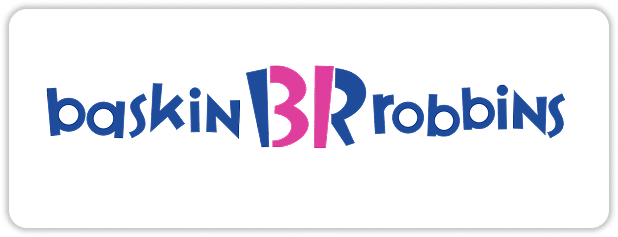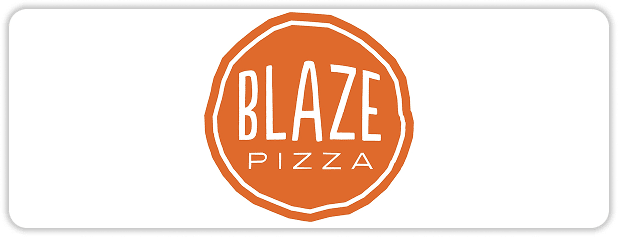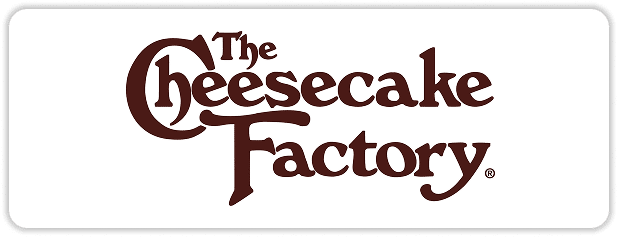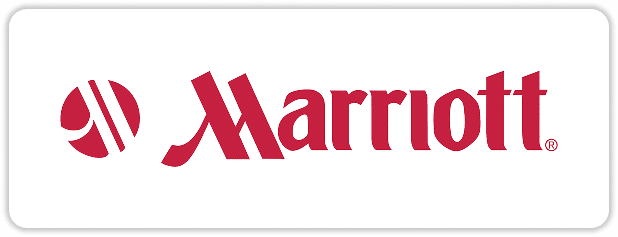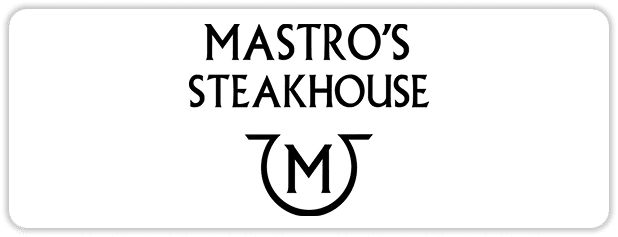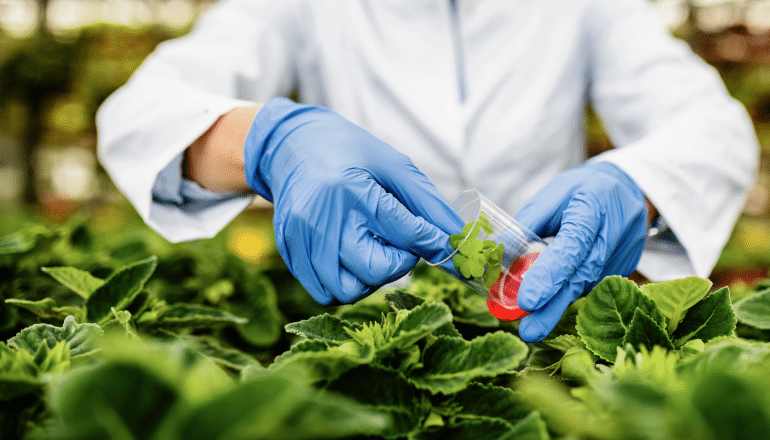
Safe Food Handling Practices to Keep Your Customers Healthy
Food safety is a critical issue in the food service industry. As a food service provider, Safe food handling practices for your customers is crucial. Foodborne illnesses can have severe consequences, including damage to your reputation, legal liability, and even the loss of your business.
To prevent this, you must implement safe food handling practices prioritizing cleanliness, proper food storage, and cooking techniques that kill harmful bacteria and viruses.
In this blog, we’ll explore some tips you can follow to keep your customers healthy and safe while enjoying your food. With the right approach to food safety, you can protect your customers and your business while building a good reputation as a reliable and trustworthy food provider.
Safe Food Handling Practices You Must Know
Food safety is a complex topic, and numerous guidelines and regulations ensure that food service providers maintain high standards of cleanliness and hygiene. Here are some safe food handling practices you must know to ensure that your food is safe for your customers:
What is Food Handling?
Food handling refers to preparing, serving, and storing food safely and hygienically to prevent contamination and the growth of harmful bacteria. It involves various steps such as cleaning and sanitizing kitchen equipment and utensils, washing hands frequently, wearing clean protective clothing, and storing food at the correct temperature.
Proper food handling techniques are crucial to ensure the safety of consumers and prevent foodborne illnesses. Food handlers must be trained in safe food handling practices to maintain the integrity of the food and keep their customers healthy. Overall, food handling is a critical aspect of food safety, and all food service providers must prioritize it to ensure the health and safety of their customers.
Why is Food Handling Important?
The significance of food handling lies in its ability to prevent outbreaks of foodborne illnesses, commonly referred to as food poisoning. The World Health Organization (WHO) has noted that such illnesses can result in prolonged disability and even death.
Food handling is considered a potential hazard to public health and safety, and thus, it is subject to close scrutiny by government agencies worldwide. Non-compliance with regulations and failing to pass routine inspections can lead to the involuntary closure of businesses.
In contrast, food service establishments that consistently implement safe food handling practices can actively prevent incidents of foodborne illness and earn the trust of their customers. Furthermore, such businesses can avoid the risk of non-compliance with regulations and develop stronger relationships with local authorities and business partners in their operational areas.
Safe food handling practices are essential to maintaining the food’s integrity and protecting consumers’ health and safety.
Food Handling Regulations
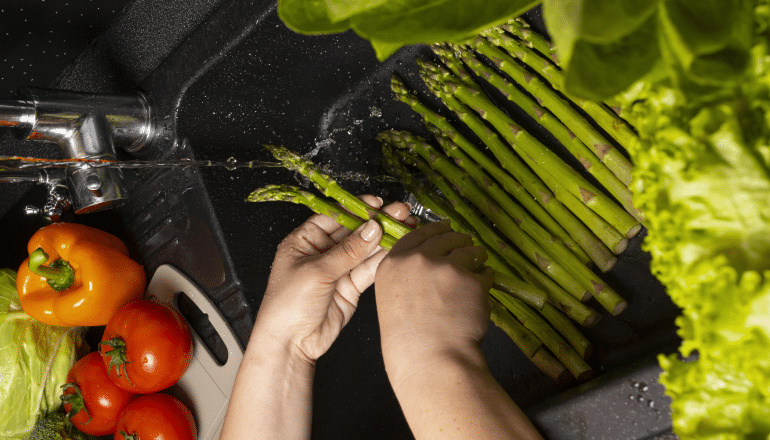
According to the Food and Drug Administration (FDA) in the United States, permit holders or operators of food establishments must designate a person to oversee the employees’ proper maintenance of cooking, cooling, and holding temperatures.
In Australia, the Food Standards Code ensures food safety and hygiene knowledge and skills in food businesses. Food businesses must take all necessary precautions to avoid the likelihood of food contamination and ensure that their food handlers have the necessary training and knowledge to maintain high standards of food safety and hygiene.
Consequences of Bad Food Handling
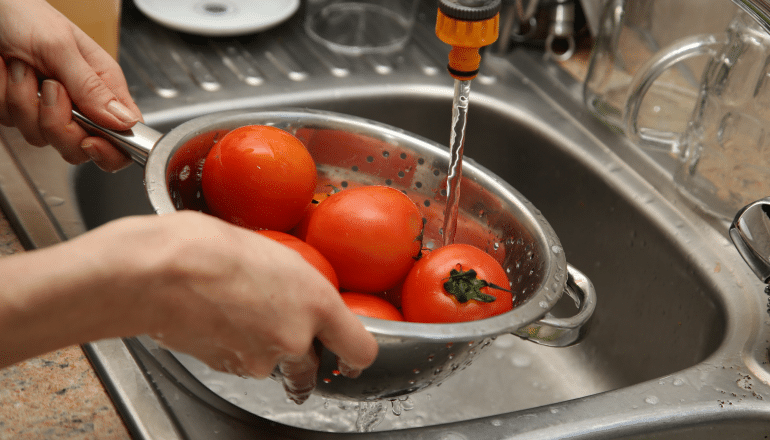
The public health department of King County in Washington reported on June 9, 2021, that 13 individuals who had eaten at a specific restaurant were afflicted with norovirus, a type of foodborne illness. According to Medical News Today, norovirus infections can be caused by consuming contaminated food or touching a contaminated surface.
The last inspection of the restaurant before the investigation revealed several unsafe food handling practices that could have prevented the outbreak, such as:
✓ Failing to maintain proper barriers to prevent bare-hand contact with ready-to-eat food
✓ Neglecting to keep nonfood contact surfaces clean and well-maintained
✓ Failing to use, store, and sanitize wiping cloths properly.
Bad food handling has severe and long-term legal implications, as illustrated by the case of Blue Bell Creameries. The company faced a deadly Listeria outbreak linked to its ice cream in 2015, resulting in a settlement of $19.35 million with the Department of Justice for criminal liability.
In 2017, shareholders sued the company for misconduct leading to the recall of products. The company settled with them in 2020 for $60 million. In addition, the company is currently facing a lawsuit filed by its insurance carriers in 2021 for failing to maintain sanitary and safe production standards. These actions highlight how negligence in food handling can have significant financial repercussions.
What are Safe Food Handling Practices?
Clean
Separate
Food handlers should separate raw meat, poultry, and seafood from ready-to-eat foods like fruits and vegetables and cooked foods. In addition, they should use separate cutting boards, utensils, and containers for raw and cooked foods and ensure they are stored separately to avoid cross-contamination.
Cook
Chill
Get Your Food Handling Certificate to Comply with Safety Standards
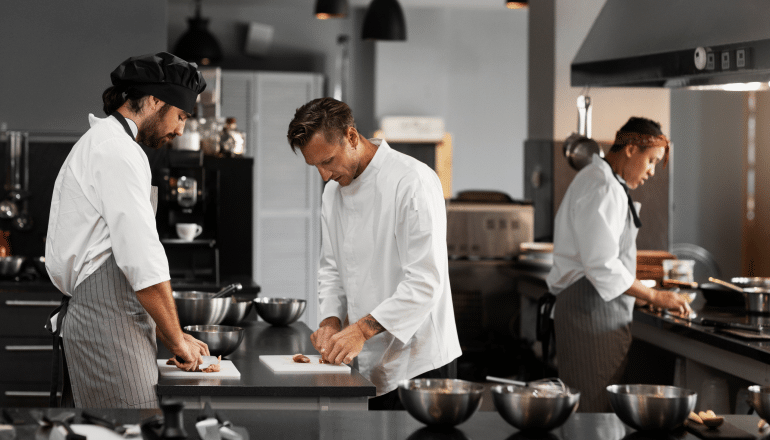
As a food handler, it is essential to prioritize safety when handling food to prevent foodborne illnesses. To comply with safety standards, obtaining a food handler certificate is recommended, and sometimes required. AAA Food Handler offers a comprehensive food handling course that provides food handlers with the necessary knowledge and skills to maintain food safety.
The course covers various topics, including the importance of personal hygiene, food temperature control, cleaning and sanitizing procedures, and food allergens. Participants will also know more about the different types of foodborne illnesses, how they spread, and how to prevent them.
The AAA Food Handler course provides various benefits, including its convenience. Participants can access the course from anywhere with an internet connection as it is entirely online. Additionally, the course’s self-paced learning model enables participants to study at their own pace and complete the course at their convenience.
Upon finishing the course, a food handler certificate recognized by health authorities in multiple states will be awarded to the participant. Obtaining a food handler certificate by completing the course ensures compliance with safety standards and helps food handlers progress in their professional careers.
For More Updates, Follow us on Facebook.
